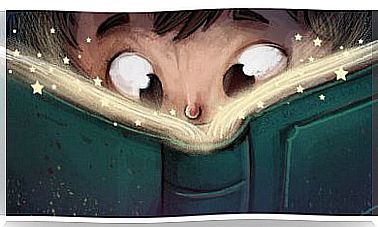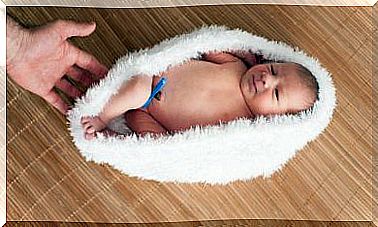What Is The Cause Of Birthmarks?
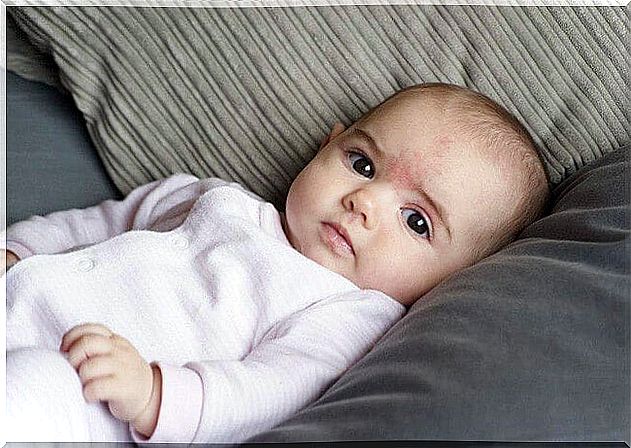
Birthmarks cause a lot of curiosity, sometimes they are a family reference and other times they are surrounded by mythological issues. The truth is that they are quite common and are usually harmless; even so, they can cause concern regarding its cause and evolution. Therefore, in this post, we want to clarify many doubts on this subject, taking advantage of the knowledge of specialists.
For health experts, skin blemishes can be explained in many ways, although they all deserve special attention, only some of these can be a real problem. In the case of birthmarks, they are attractive because of the color of the baby’s skin and the parents’ curiosity when meeting their child.
In general, the shock caused by the spots in the newborn, ends up passing as we get used to seeing them. It is very common that we associate them with that brand that the father, grandfather or brother has, for which they soon become a sign that defines them as individuals.
What are birthmarks?
Dr. Oscar Fielbaum, a pediatrician, describes birthmarks as changes in the color of the newborn’s skin; These may or may not be born with the baby, as they sometimes tend to appear after weeks of birth. It is understood that at least 80% of people are born with some type of blemish, which makes it very common.
One characteristic of this type of brand is that they remain intact throughout life ; however, some tend to disappear over time. However, no matter where they are, size or color, parents should be sure to consult a pediatrician about its qualities.
The expert points out that although most of these brands are innocuous, it is best to confirm a diagnosis in time, because this could improve an eventual procedure. However, the general explanation in these cases is that it is a hormonal, genetic and nutritional consequence that the fetus received during pregnancy.
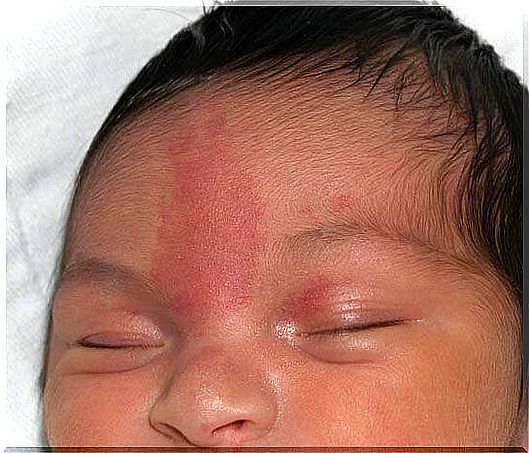
The baby’s skin is very delicate, so it is not advisable to take measures to treat the mole or the spot, without receiving instructions from the doctor. Before proceeding with any treatment, it is essential that you consult a doctor, as some type of intervention is not always required; In addition, with the placement of chemicals or products to eliminate the stain, we can make them absorb through the skin.
Types of birthmarks
The spots or moles can vary in relation to characteristics such as size, color or shape, according to these factors, experts classify them as hemangiomas, nevus or ruby. In the same way, they can be recognized as small, medium and large; They appear indistinctly in any part of the body, they can also be classified in relation to their appearance and tonality.
Regarding their size, the birthmarks are classified as small that are in the 1.5 cm, which are the majority; the medium ones measure between 1.5 and 2 cm, and the large ones are those that exceed 2 cm. According to other characteristics, the following types of marks are identified.
- Hemangiomas. They are vascular tumors that can vary in size over time, they can be somewhat more worrisome than others. They are found in at least 20% of newborns, their color is intense red, whose genetic load is quite large. They are more common in premature babies, especially girls.
- Nevus. Also known as congenital moles, they are pigmented cells that can be smooth or raised, sometimes have small hairs, and can appear years after birth. They appear in 1% of babies; its dimensions can vary from small to large.
- Mongolian bluish. These spots can be bluish or grayish, they are generally large and their edges are hazy; They appear especially in people with dark skin and tend to disappear in the first years of life. They are flat spots, they are not related to diseases because they are found on the surface of the skin; most of them appear in the area of the back and buttocks.
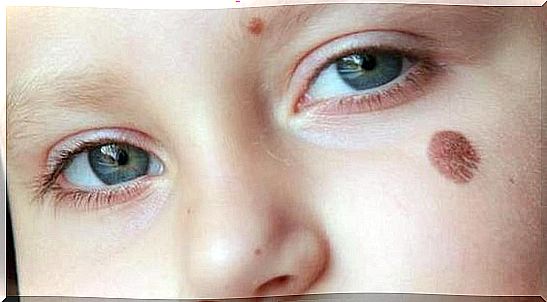
- Light brown. These spots can appear more than one for each baby, they are smooth, quite clear and their incidence level reaches up to 50%. Due to sunlight, these spots tend to lighten more or disappear completely.
- Wine color. They are common on the scalp, face and neck; their color varies between pink and purple, until they are port wine color. They appear in an average of three out of a thousand newborns; but since they are vascular, they tend to remain longer, become darker and develop a certain lump.


